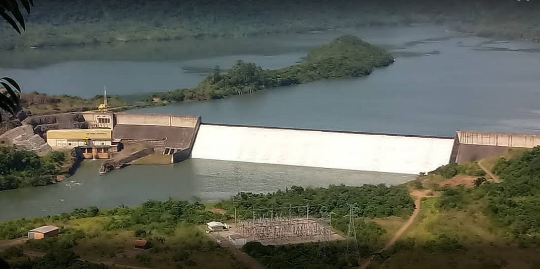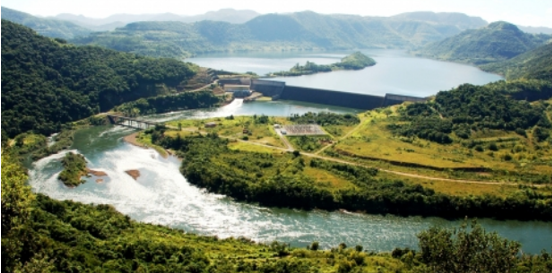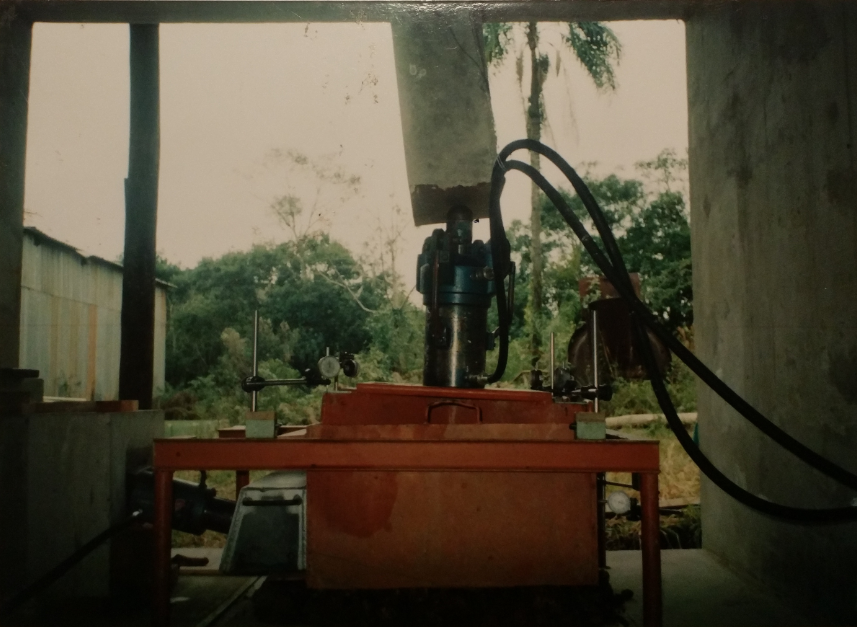Dona Francisca Dam - Brazil

The dam, a concrete structure with an extension of 610m and 51 height, is located in the Jacui river in southern Brazil. It was built over a foundation of sedimentary rocks (soft aeolian arenites and lacustrine shales) and, in both margins, over volcanic dykes and effusive layers in erosive contact with the underlying sedimentary beds. The cofferdams were built over 8m meter thick alluvial sediments cut by a jet grouting curtain. Because of the rigid tectonic events that early affected the area, there is high seepage through foundations and, in the left abutment, a normal fault with 12m vertical displacement and high hydraulic conductivity.

Because of the high seepage induced by tectonic features, a drainage gallery was built along the whole foundation in contact with sedimentary rocks despite the grouting treatment. The powerhouse, which has two 62.5 MW Francis turbines, was installed in the right margin and is connected to an adduction tunnel through volcanic and sedimentary rocks with inferior geotechnical characteristics.

Within other studies, to characterize the geotechnical behavior of soft arenites in foundations and the rock compacted embankments built with fluvial gravels, a campaign of large-scale tests was carried out measuring deformation modulus and shear resistance.